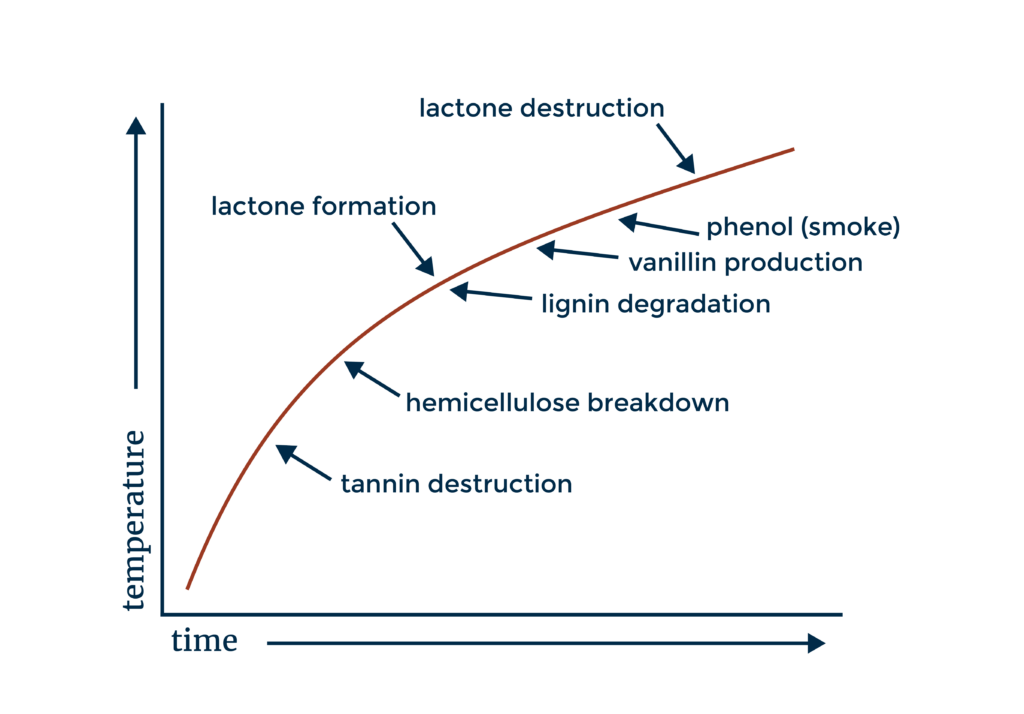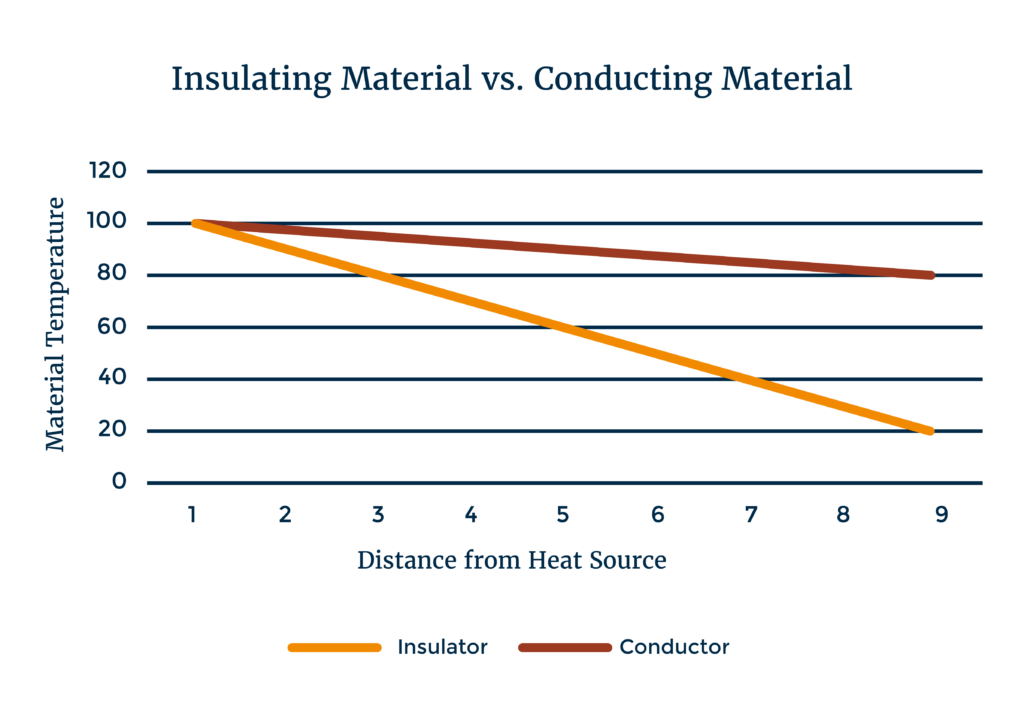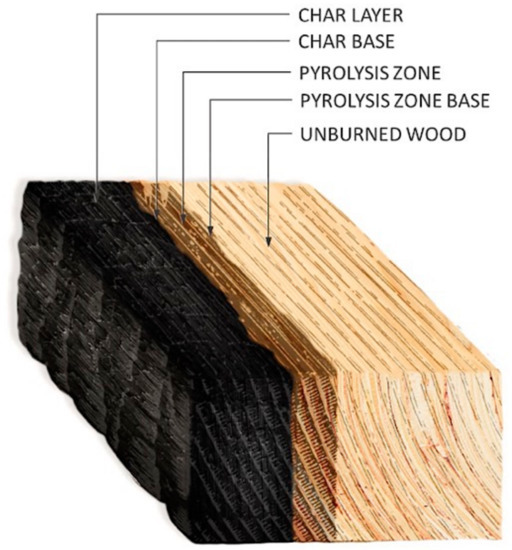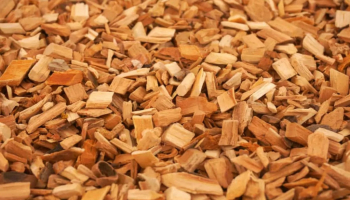
By Hendre’ Barnard, Training and Marketing Manager
Distillique Beverage (Pty) Ltd.
https://distillique.co.za
Is Smoker Wood Chips suitable for Wooding Spirits?
The level of Woodiness Spirits obtains through Direct Infusion (Maceration or Steeping – letting the Wood lie in the Spirit) is determined by the amount of time the Spirit spends in contact with the Wood.
The time your distillate spends on wood is again determined by the amount of wood present – the less wood chips you use, the longer it needs to stay on it – and the amount of flavor available to extract, which is determined by the Type of Wood used.
The type of wood therefore plays a big role, as it determines the time, the amount of chips, and most importantly, the types of flavors you will extract.
Smoker wood is not very complex and roasting it in the oven does not really do anything. The chips are too dry – no wood sap is available to caramelize, plus they are too small and thin for flavors to form.
Why does Wood need to be thick for Charring and Toasting?
When intense heat is applied to a barrel or stave, the outer surface of the stave is transformed in to a layer of charcoal (in the case of charring) or just singed (in the case of toasting). The char layer serves as an important filter to remove off aromas and odors, but it provides little flavor to the spirit. Because the charring process involves intense amounts of heat most of the compounds, we would consider favorable are destroyed in this layer.

Wood is an insulating material and when subjected to heat, there is a severe temperature gradient that can be observed within. If the wood is a type that exhibits a high thermal conductivity, you would find that this gradient would be much less severe.

Because of this gradient, underneath the charcoal layer or singed layer another layer is formed, the red layer. Rich and varied concentrations of aromatics are created in this layer from a much less severe thermal break down of wood constituents.

However, if the wood is not thick enough, the red layer does not form.
What is the difference between Toasted and Charred Barrels?
Toasted Barrels are prepared with a less intense heat which allows the red layer to become significantly thicker than in that of a charred barrel. The result is a barrel with a greater concentration of extractives available for the taking, creating a unique flavor profile in the spirit. Once again, however, you need thick pieces of wood for this to occur.
After toasting, spirit barrels are still charred to benefit from the char layer’s filtration properties. However, the thicker red layer from the toasting process remains.
Your other problem is that even if you do manage to get some interesting flavors out of the chips, the profile would be pretty one-dimensional and flat. It cannot be complex, as all you have is toasted wood. Remember that in charred barrels you have caramelization of wood sap, the breakdown of lignin to form vanilla, the breakdown of hemicellulose to toffee flavors, etc. Toasted barrels on the other hand does not have that much to give.
We do use toasted barrels and toasted wood on spirits, but only if those barrels are second or third use. I.e. the wood chips we sell are 8 years old French Oak, used for 4 years on Red Wine and 4 years on Fortified Wine (Sherry specifically). The previous use means that there are much more complex and interesting flavors to give to the spirit, and when you then use those chips in the spirit, you start picking up more robust flavor profiles that do not dissipate quickly.
What do we do after Wooding?
Lastly, in general, any wooded spirit will lose flavor if those flavors are:
- Not given time to “marry” or stabilize (normally 2 weeks to 4 months), and
- When diluted
The stabilization of the flavors happens partly because some compounds bind over time to form new and interesting compounds (acids and ethanol for instance binds to form esters), and others “fall apart” through oxidization, light exposure, etc. This is why some flavor become more prominent and others less prominent over time.
For the Home Distiller dilution is however the greater issue (normally) as Home Distillers normally distill for instant gratification. When you use chips you normally infuse while the alcohol is at full strength – the higher the percentage ABV, the greater the solvency of the alcohol, the faster and more flavor and color gets extracted. The problem comes in though that once you reach a certain level of “woodiness” and you then dilute it down to drinking strength, you dilute the color and flavor as well.
Best Practice is therefore to infuse at full strength, filter out wood, dilute to target strength, place back on wood to regain woodiness that you lost during infusion, and then filter out again.
If you are not going to be drinking the product neat, but adding a mixer or water, keep in mind that again you need a deeper and greater “wood” profile to compensate for the dilution during consumption.
Also keep in mind that adding ice does not always “open up” a spirit as some people will proclaim. Cold actually reduces flavors and aromas, hence spirits should always be drunk at room temperature if you are trying to evaluate and appreciate them.
What alternatives are there to placing Spirits on Wood Chips?
Instead of placing your distilled spirit on wood, rather make a wood concentrate. A full bottle of wood chips, filled with your product at 43%. Then to every new bottle of 43% alcohol, you add some of this concentrate to taste, and top the bottle up. You can do this for months until the chips are worn out and has no more to give.

You can also quickly and accurately adjust the level of woodiness you want in the final product.

